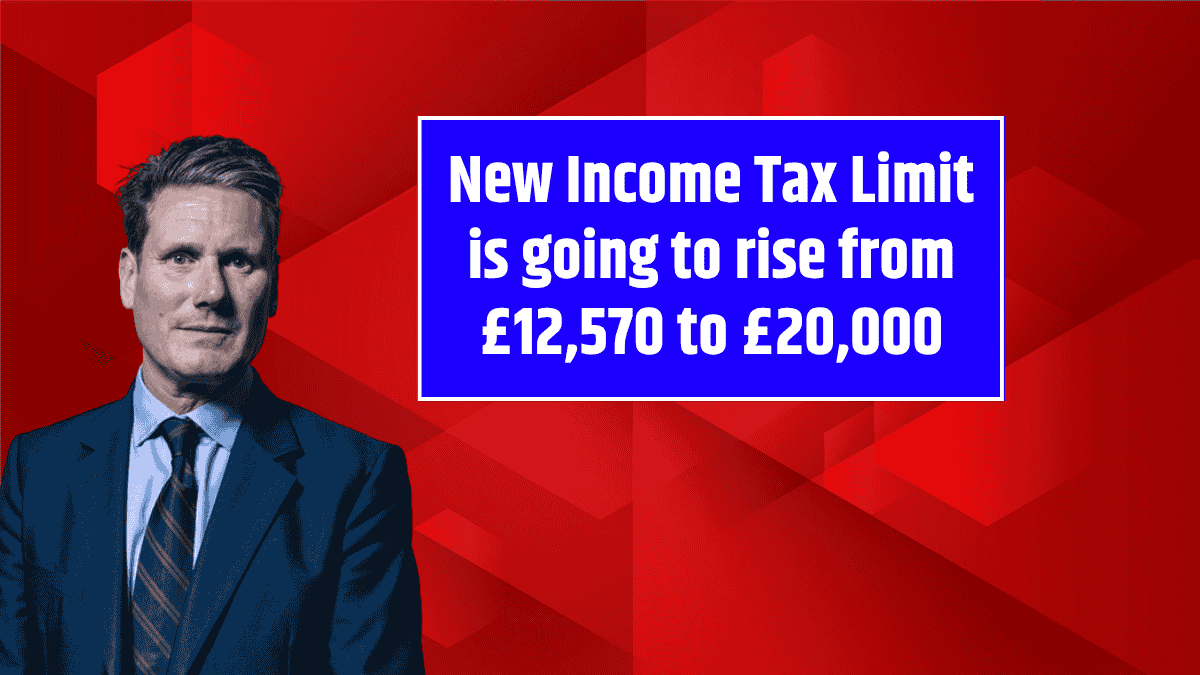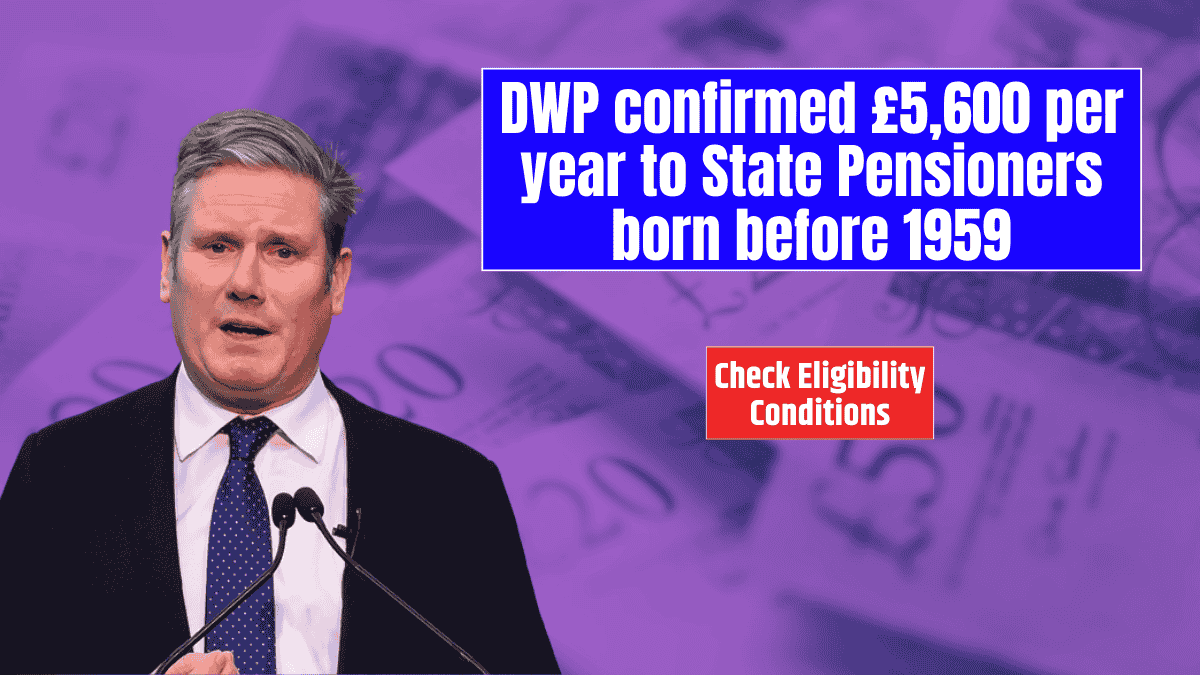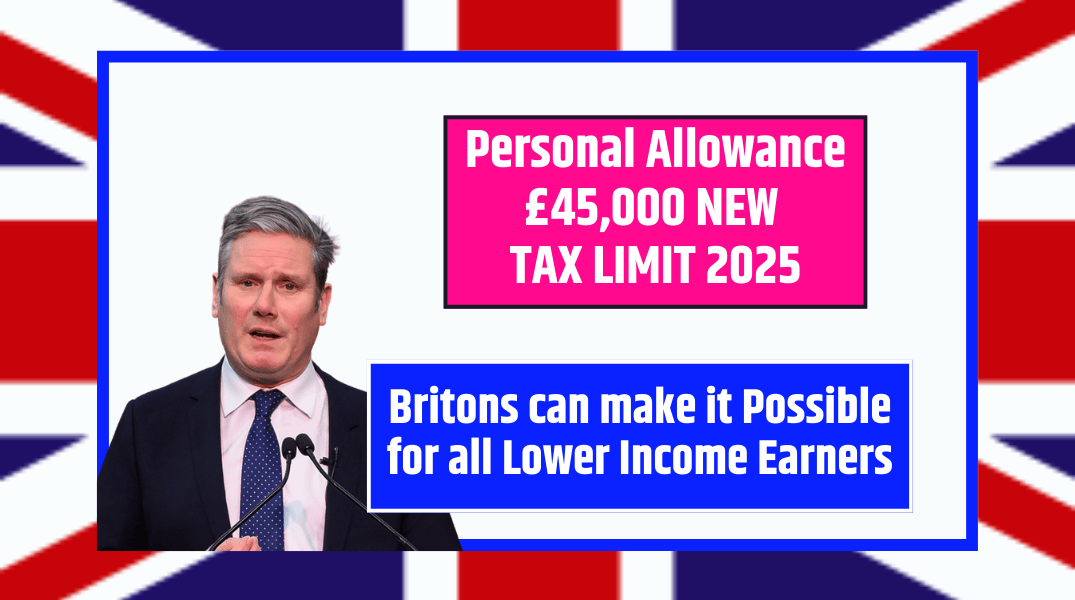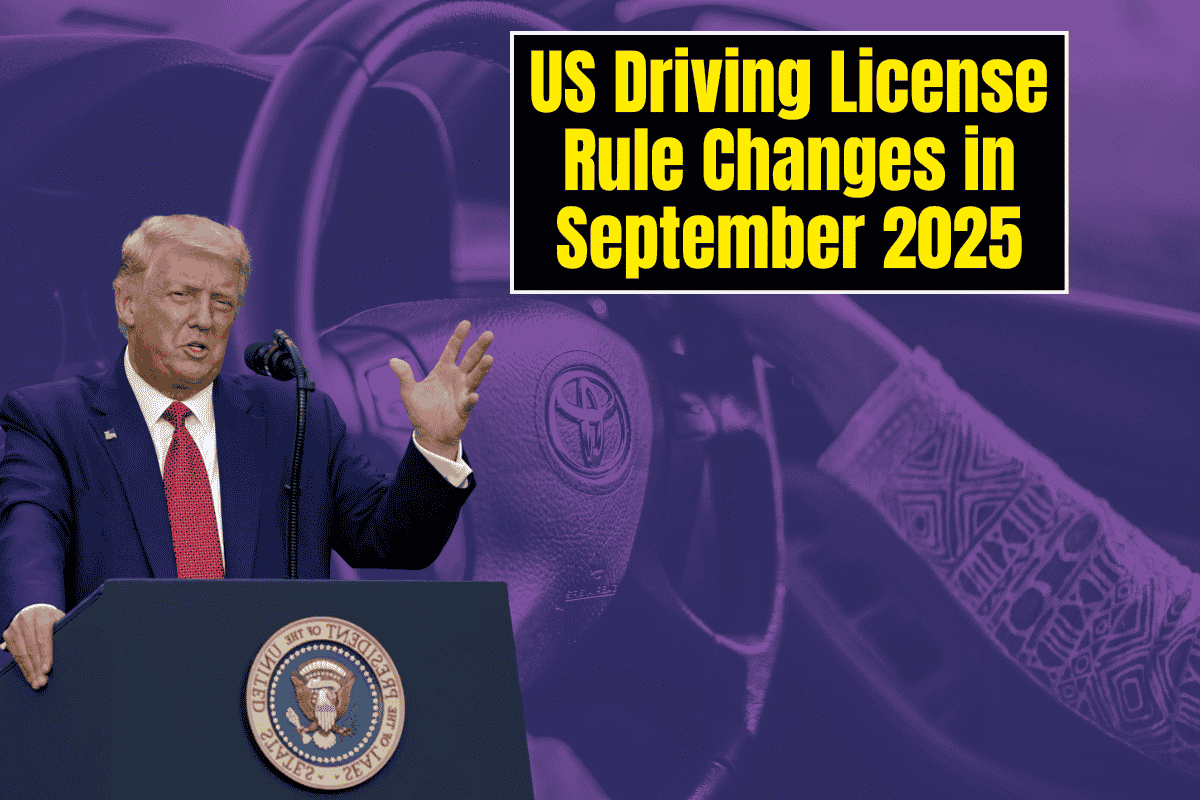The USA minimum wage saw significant changes as of January 1, 2025, with over 20 states raising their minimum wage to help workers keep up with inflation.
These increases have impacted more than 9 million workers, and the adjustments were made in response to inflation, ballot measures, and multi-year wage plans that have been set in motion in previous years.
Key Minimum Wage Increases Across the U.S.
In 2025, states like California, New York, Illinois, and Washington D.C. saw notable increases in their minimum wage. Here are some of the key changes:
- California: Increased to $16.50 per hour
- Connecticut: Raised to $16.35 per hour
- Delaware: Raised to $15.00 per hour
- Illinois: Increased to $15.00 per hour
- New York: Statewide increased to $15.50, and NYC and suburbs saw an increase to $16.50
- Missouri: Increased to $13.75 per hour
- Maine: Raised to $14.65
- Michigan: Increased to $10.56, with higher rates later in the year
In addition to these, federal employees also saw a wage increase to $17.75 on January 1, though this set increase was later put on hold.
Why the Minimum Wage Has Increased
The increase in minimum wages across various states and cities reflects efforts to keep pace with inflation and cost-of-living adjustments (COLA).
These changes are often tied to the Consumer Price Index (CPI), a measurement of inflation that affects wages. Many states like New Jersey and Connecticut had multi-year scheduled increases to gradually raise the minimum wage to $15 or more.
Some cities with particularly high living costs, such as San Francisco and Washington D.C., have raised their local minimum wages even higher to account for local factors like high rent and costly living conditions.
Eligibility for Minimum Wage Increases
In general, these increases affect full-time and part-time workers who are covered by the Fair Labor Standards Act (FLSA) or equivalent local regulations. Here’s a breakdown of who benefits:
- SSI and SSDI recipients: People who receive Supplemental Security Income (SSI) or Social Security Disability Insurance (SSDI) are directly impacted by the minimum wage increase.
- Federal Contractors: Under Executive Order 13658, federal contractors must be paid at least $13.30 per hour (with higher amounts depending on state laws). This was initially scheduled to increase to $17.75 on January 1, 2025, but was delayed.
- Local Government Employees: Cities and municipalities that raise their local minimum wage (such as Portland or Washington D.C.) ensure workers in these areas are covered.
Mid-Year Revisions in 2025
Some states and cities, such as Oregon and Alaska, will make additional wage increases starting in July 2025. For example, in Oregon, the minimum wage will increase to $15.05 in the rest of the state, and $16.30 in metro Portland.
Cities like Washington D.C. and California have also seen local increases. D.C. raised its rate to $17.95, benefiting more than 1 million workers in the area.
Key Changes in Specific States
- Alaska: Increased from $11.91 to $13.00, representing an annual gain of $2,267 for full-time workers.
- Oregon: Raised to $15.05, with a $728 annual gain for workers.
- Washington D.C.: Increased to $17.95, resulting in a $936 annual gain.
- Illinois: Reached $15.00, providing an additional $832 annually.
- California (Emeryville): Increased to $19.90, providing $1,123 annually for workers.
Effects on the Economy and Society
The minimum wage increase is an essential step in addressing rising living costs and lifting people out of poverty. The change will especially benefit female workers and Black and Hispanic workers, who are overrepresented in low-wage jobs.
Although critics argue that this could lead to job losses, price hikes, or increased automation, many studies show little to no downside. Instead, the increased wages could stimulate consumer spending, which in turn boosts the economy.
Federal Contractor Minimum Wage Reversal
A pivotal moment came on March 14, 2025, when an executive order by President Biden to increase the minimum wage for federal contractors to $17.75 was repealed.
While it will impact a smaller group of workers compared to the broader state increases, it still represents a significant shift for government-backed employees.
FAQs
What are the new minimum wage changes in the USA for 2025?
In 2025, over 20 states raised their minimum wage, impacting millions of workers. Some states saw increases up to $20 per hour, with California and New York seeing significant adjustments. Federal contractors were also affected by the new wage laws.
Which states raised their minimum wage in 2025?
States like California ($16.50), New York ($15.50 statewide, $16.50 in NYC), Illinois ($15.00), and Washington D.C. ($17.95) saw some of the biggest increases. Many other states like Alaska, Oregon, and Maine also raised their wages to help workers cope with rising living costs.
How does the cost-of-living adjustment (COLA) affect minimum wage increases in 2025?
COLA adjustments are tied to inflation rates. In 2025, the COLA increase was higher than usual due to rising prices of goods and services. This led to a larger-than-expected increase in minimum wages, helping workers keep up with the cost of living.
Are all workers eligible for the minimum wage increases in 2025?
Most full-time and part-time workers covered by the **Fair Labor Standards Act (FLSA)** are eligible. This includes workers in states with increased wages, as well as federal contractors, who must now earn at least **$13.30 per hour** unless state law requires a higher rate.
What impact will the 2025 minimum wage increase have on the economy?
The minimum wage increase will likely improve the financial stability of low-income workers, reduce poverty, and boost consumer spending. While some critics argue it may lead to job losses or price hikes, studies generally find little downside to gradual increases in wages.












